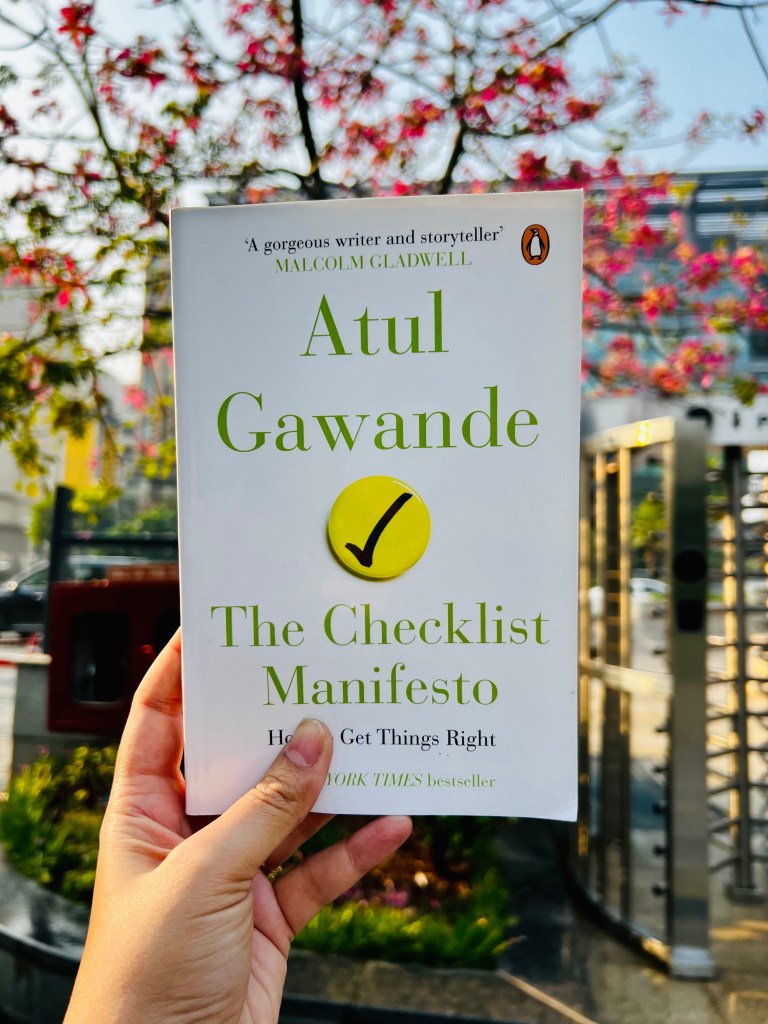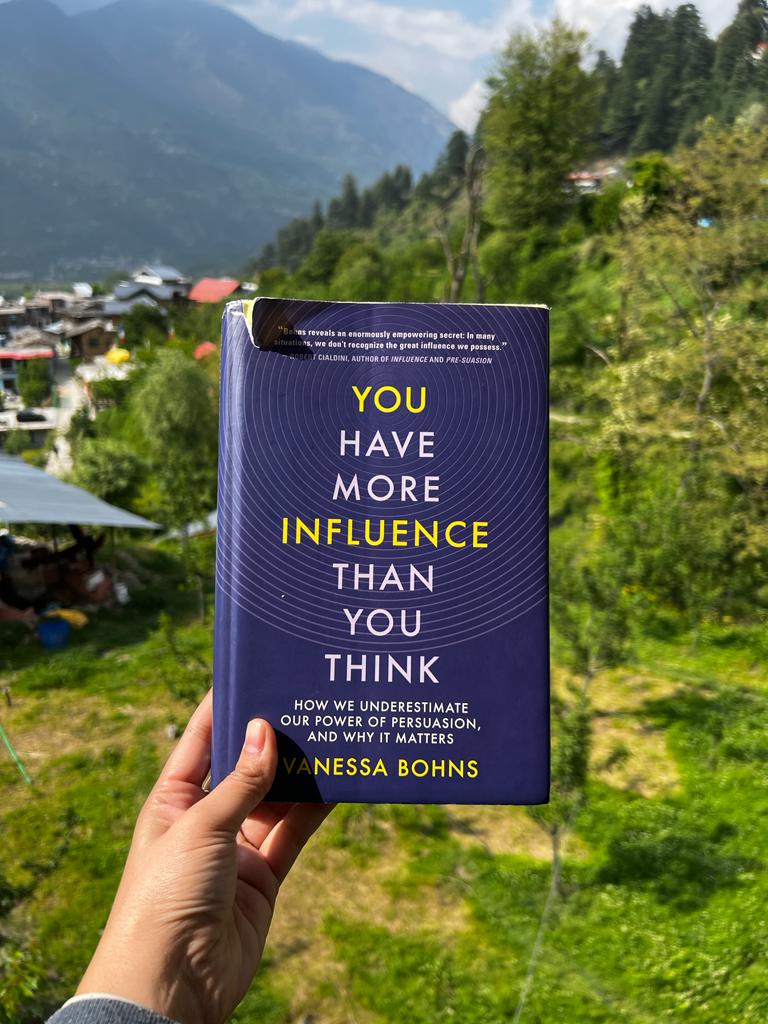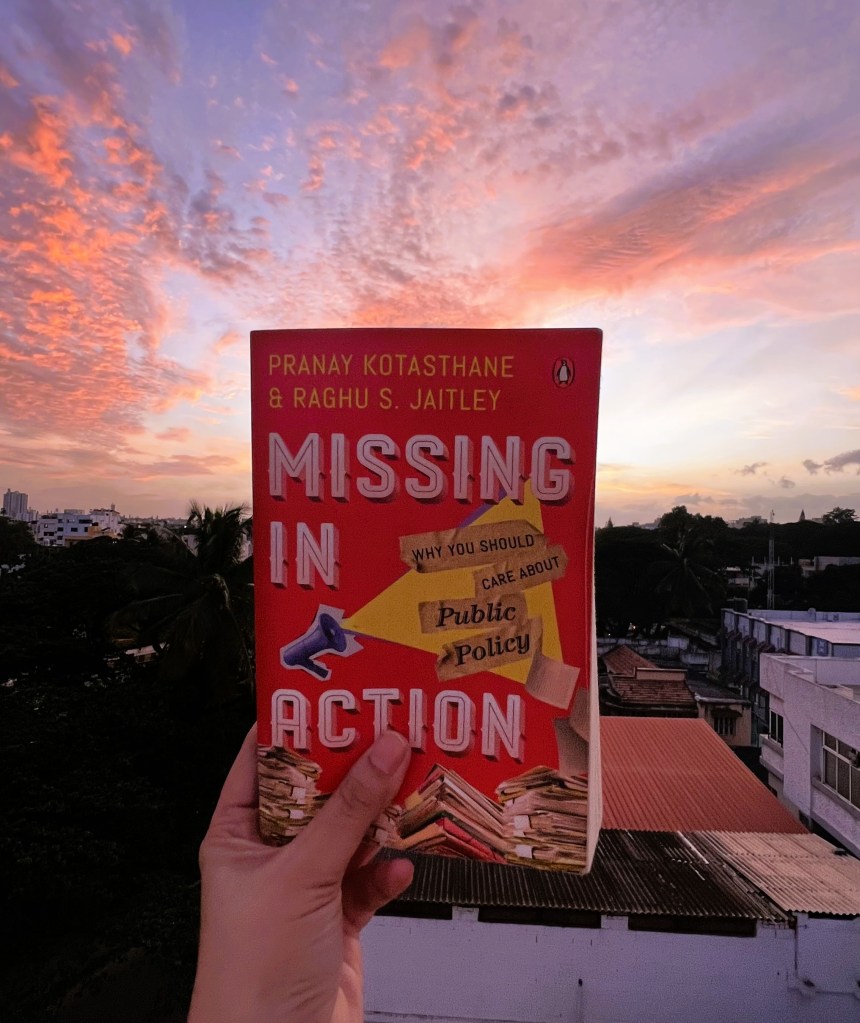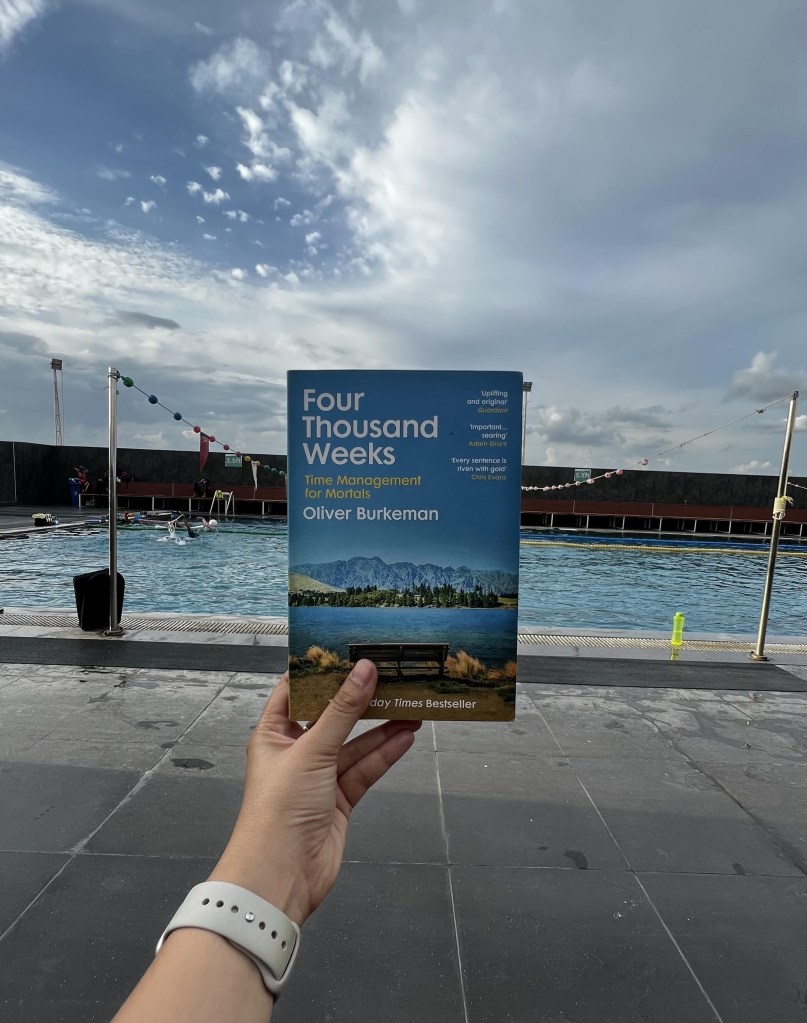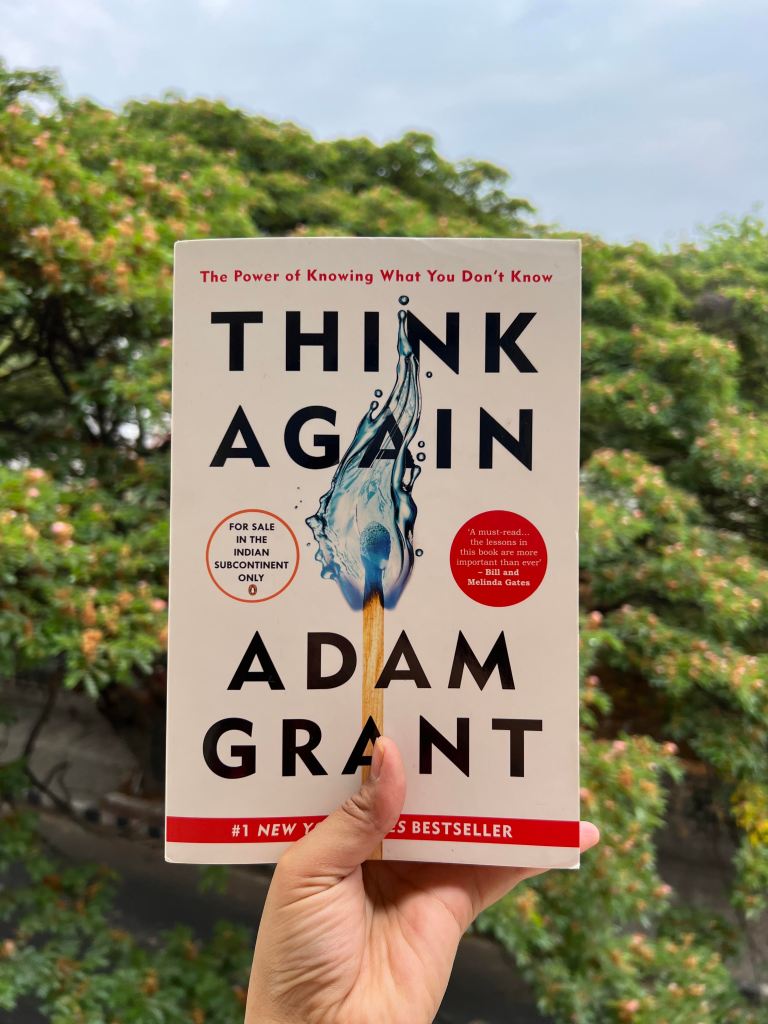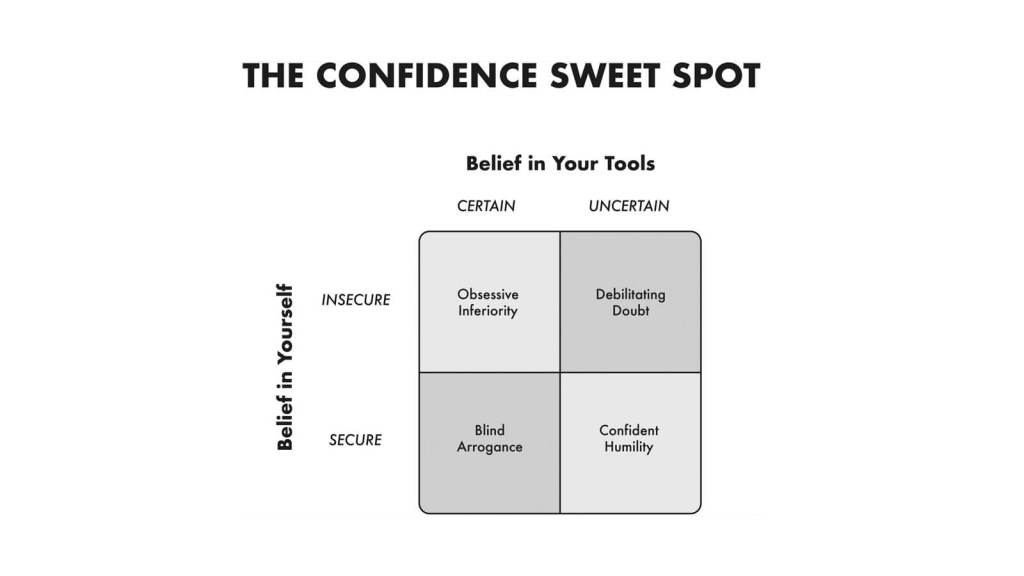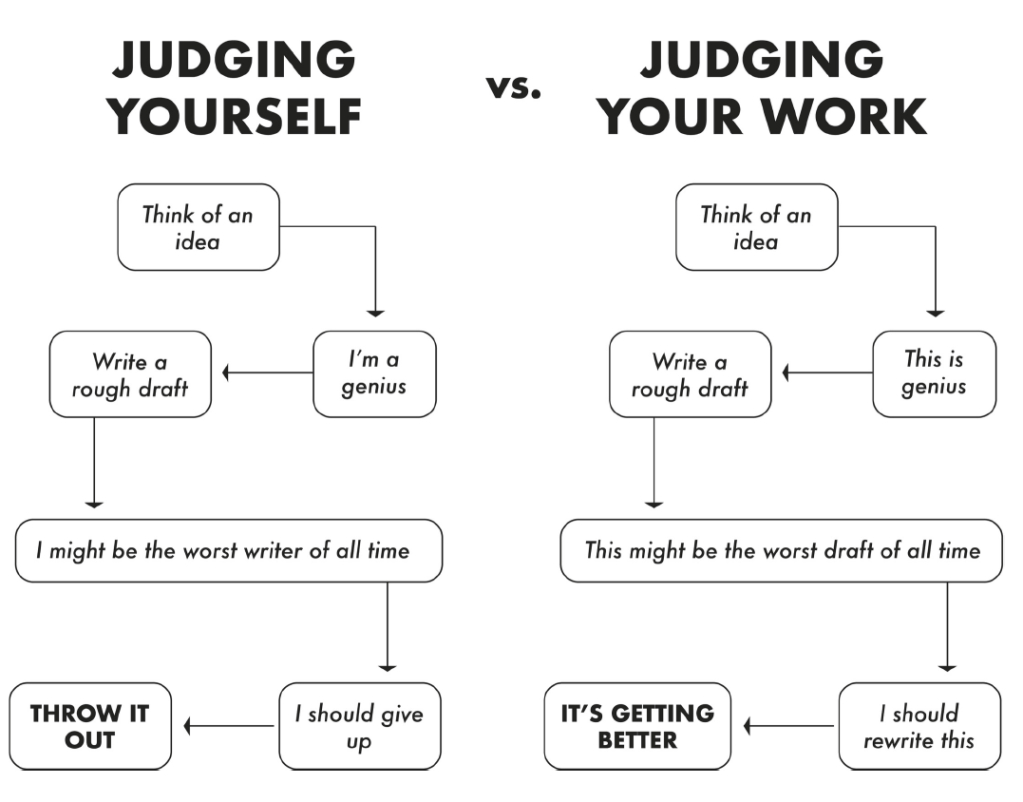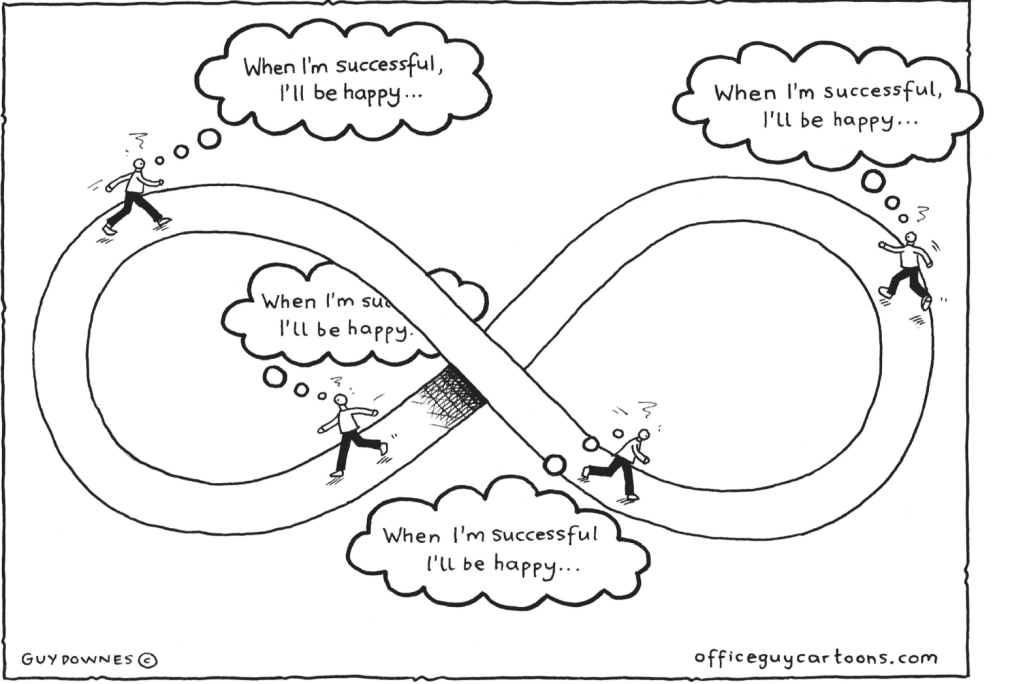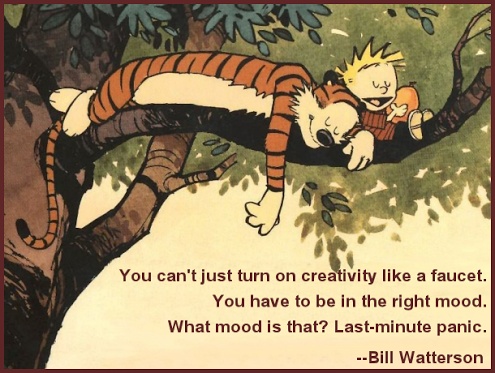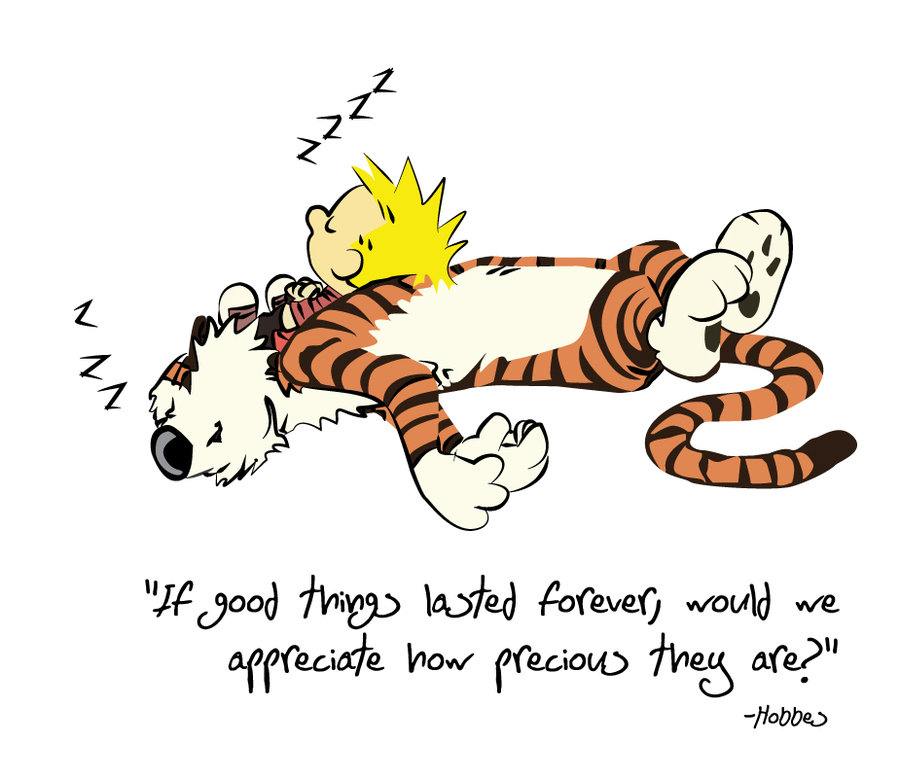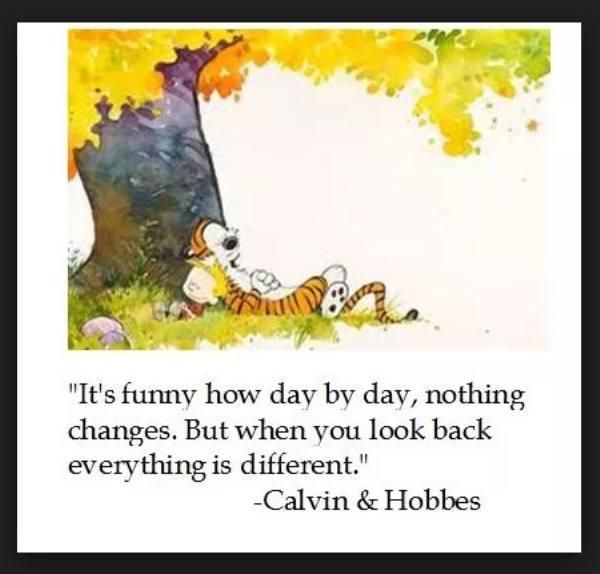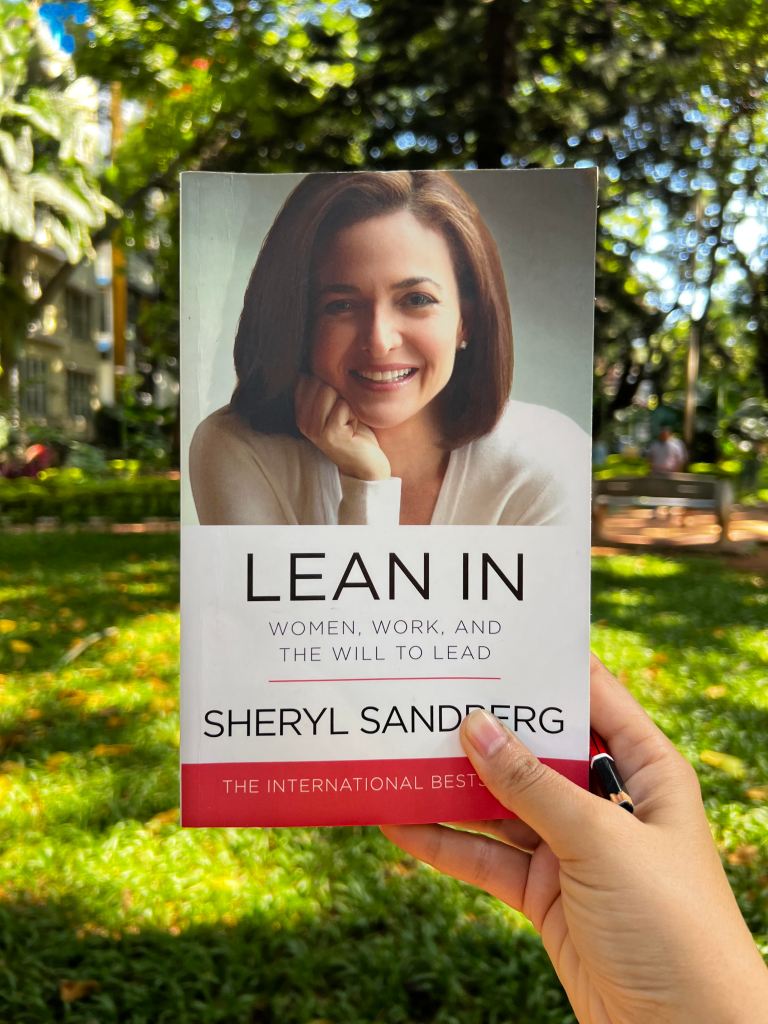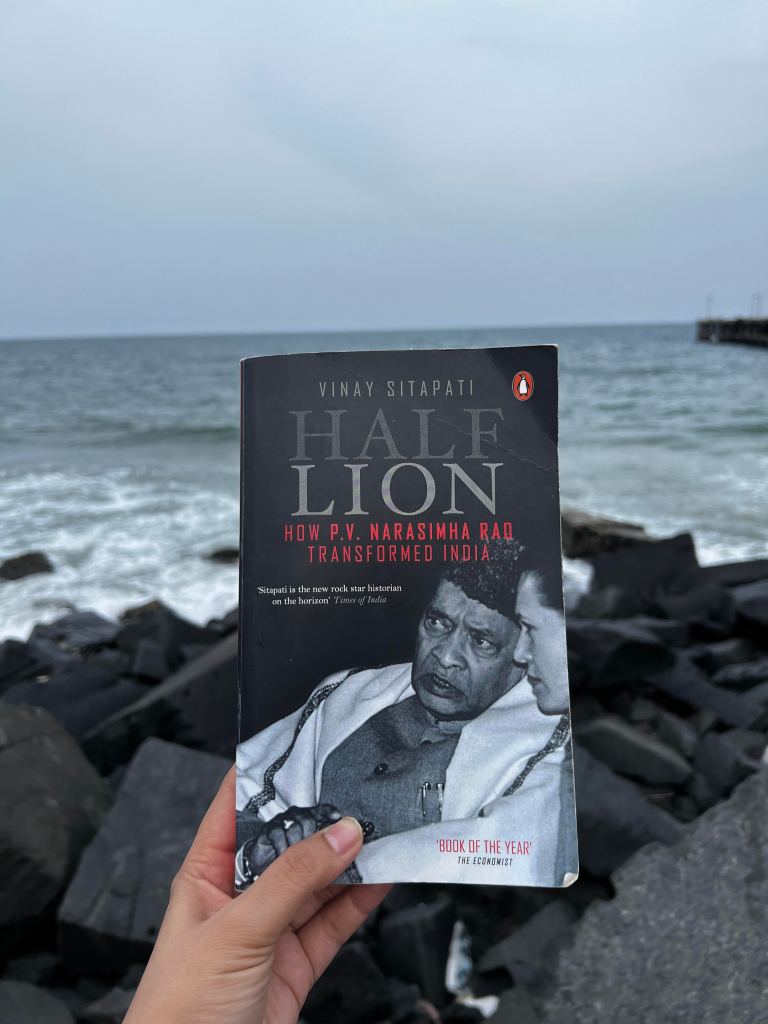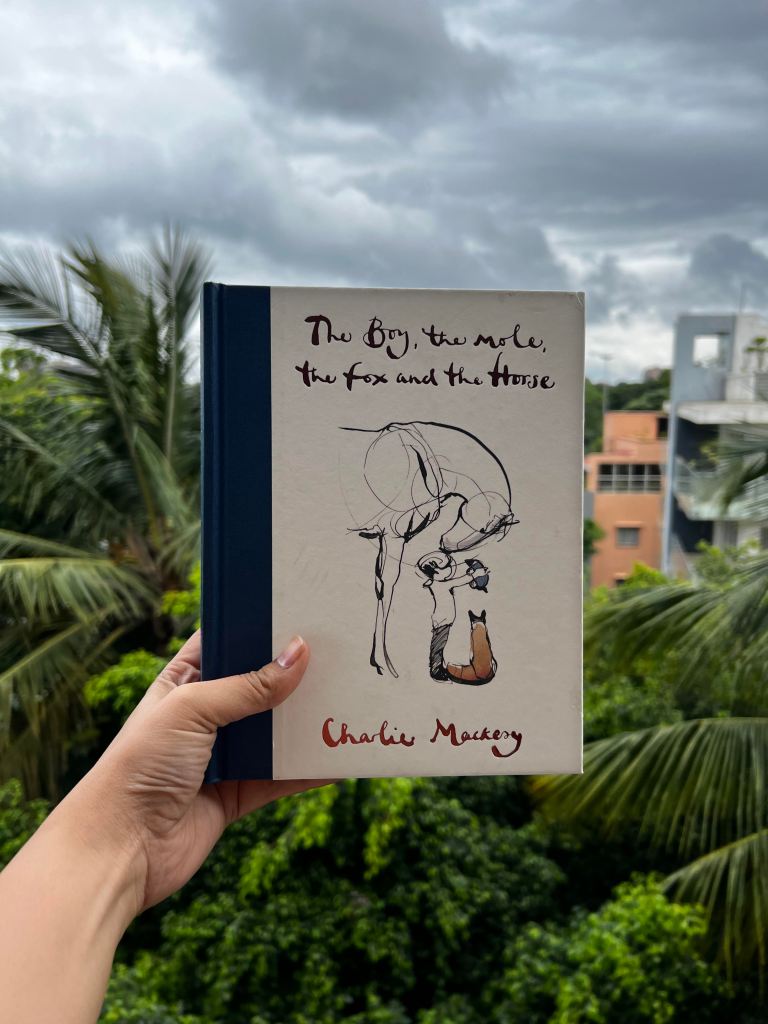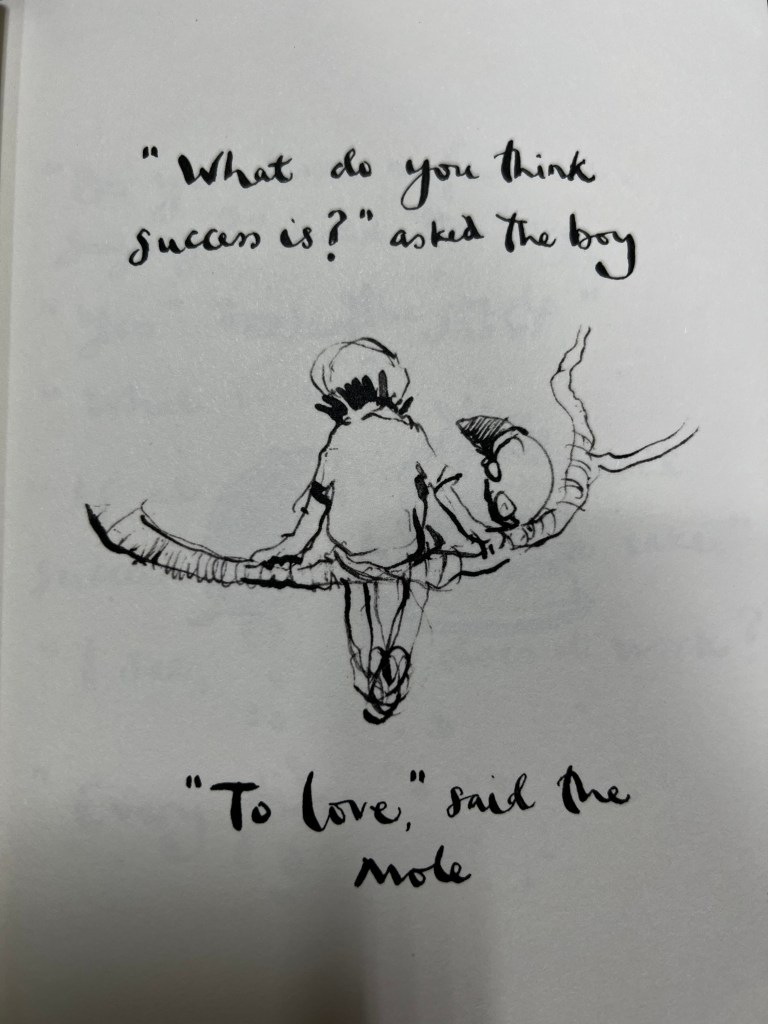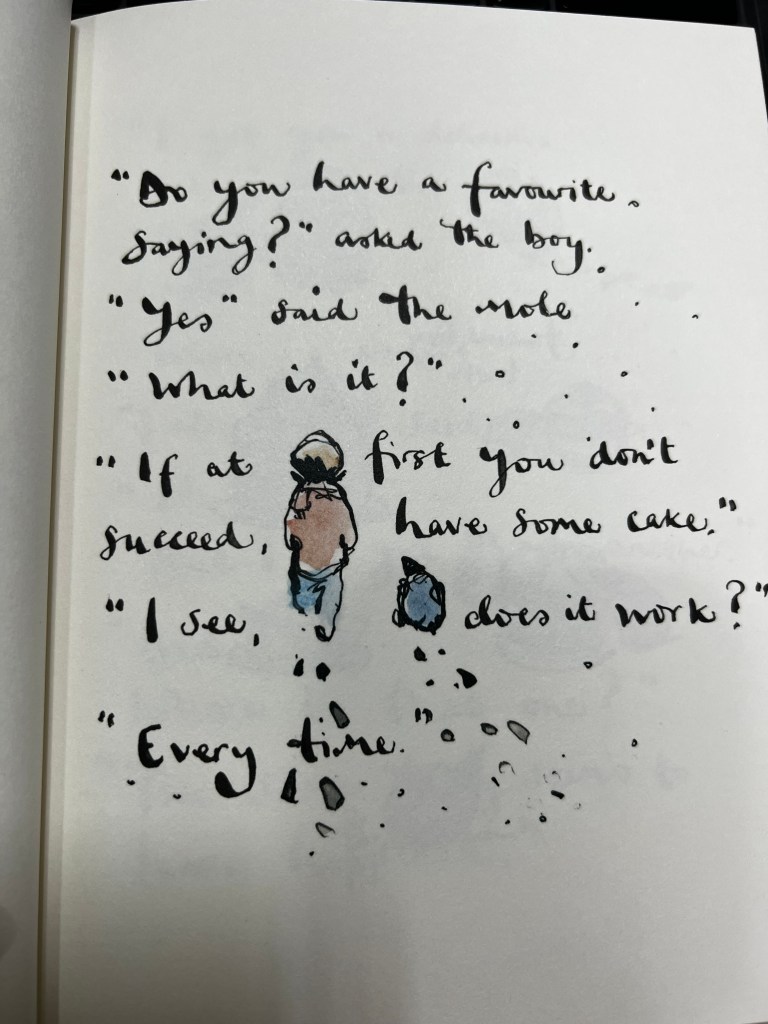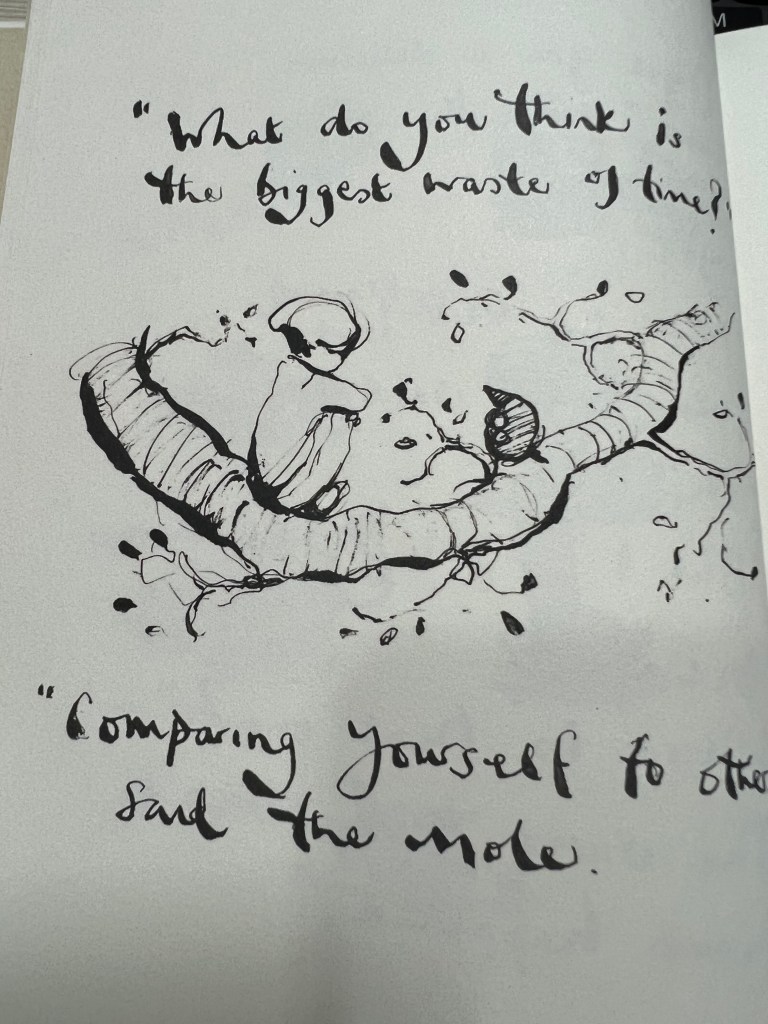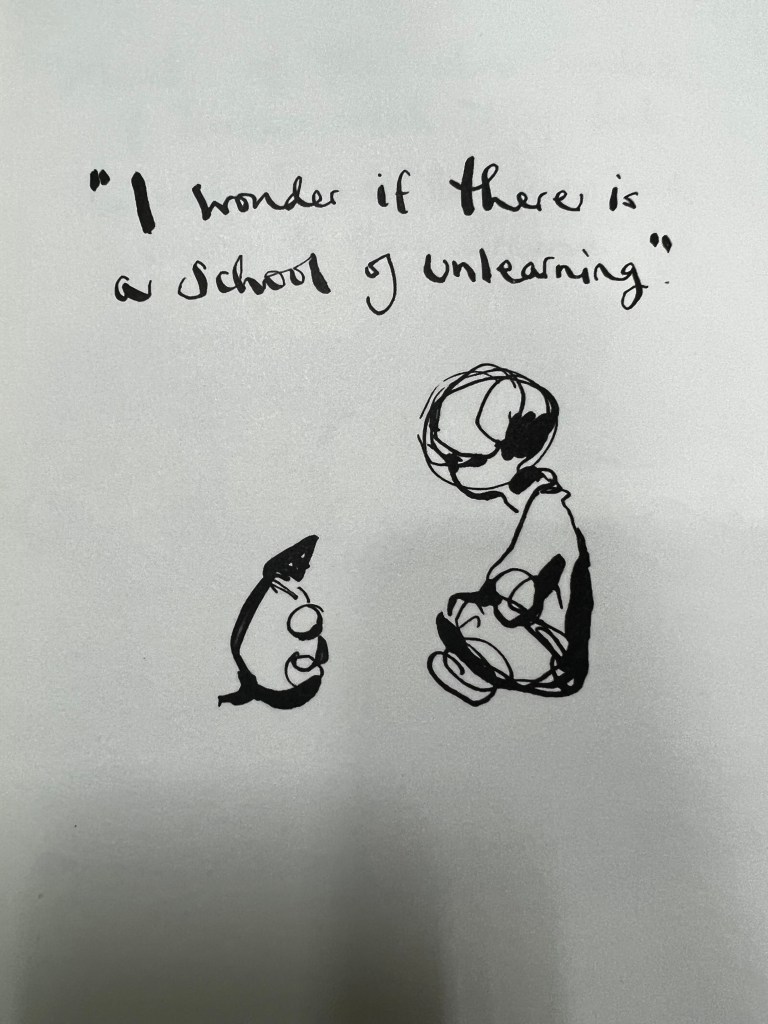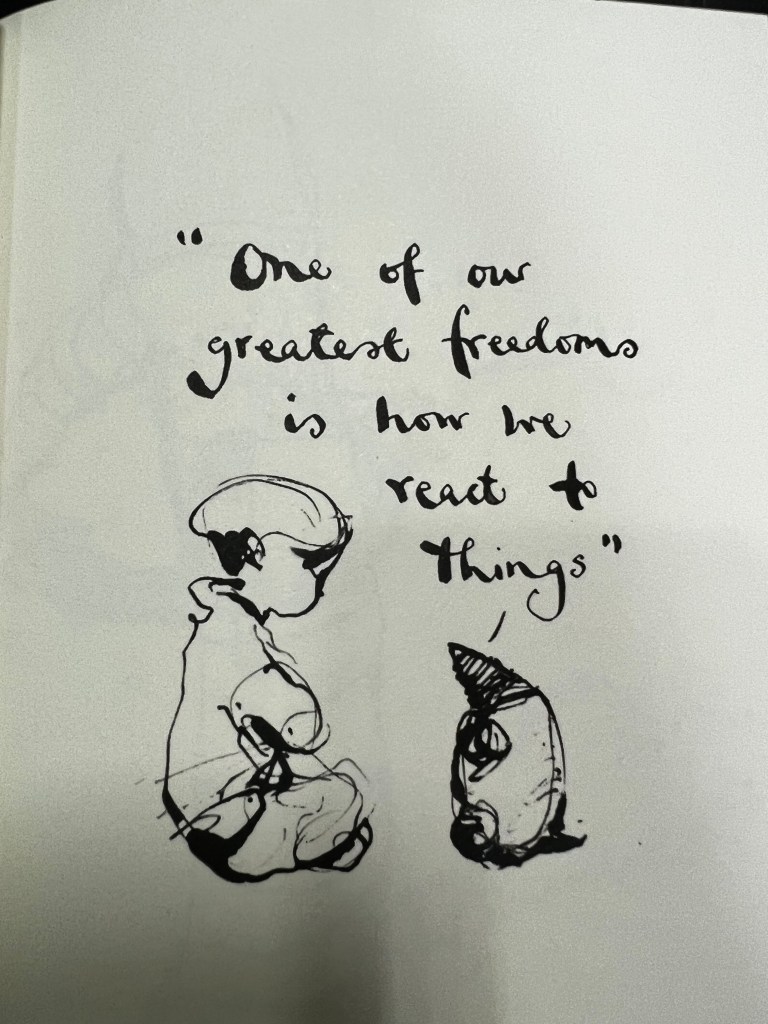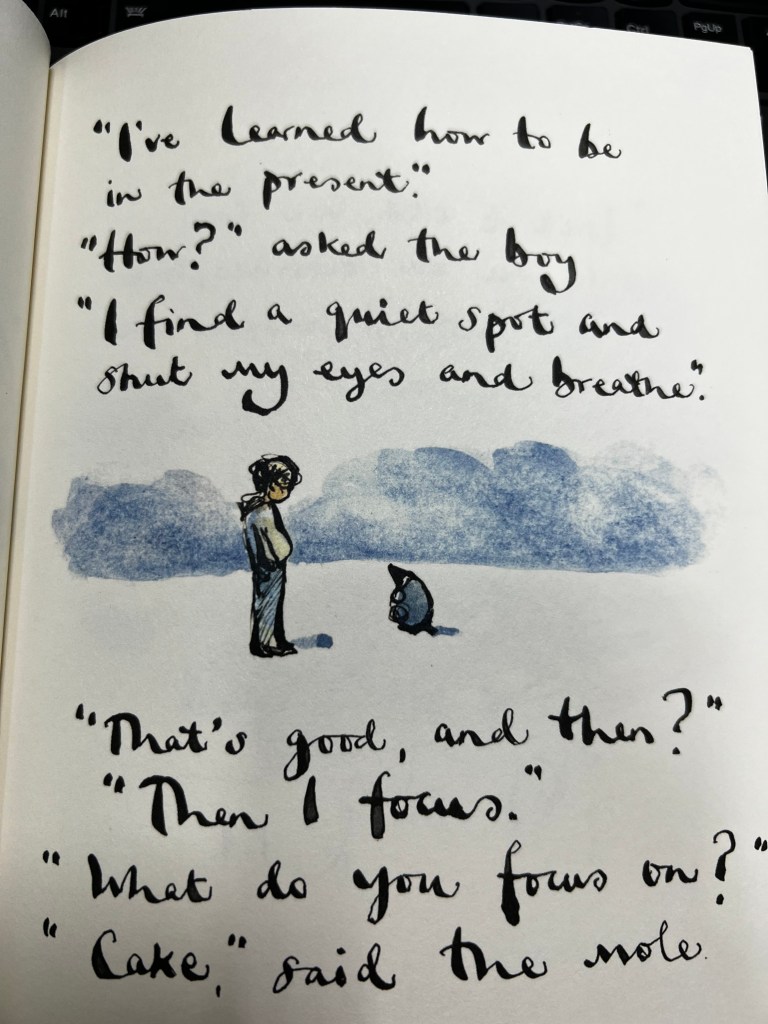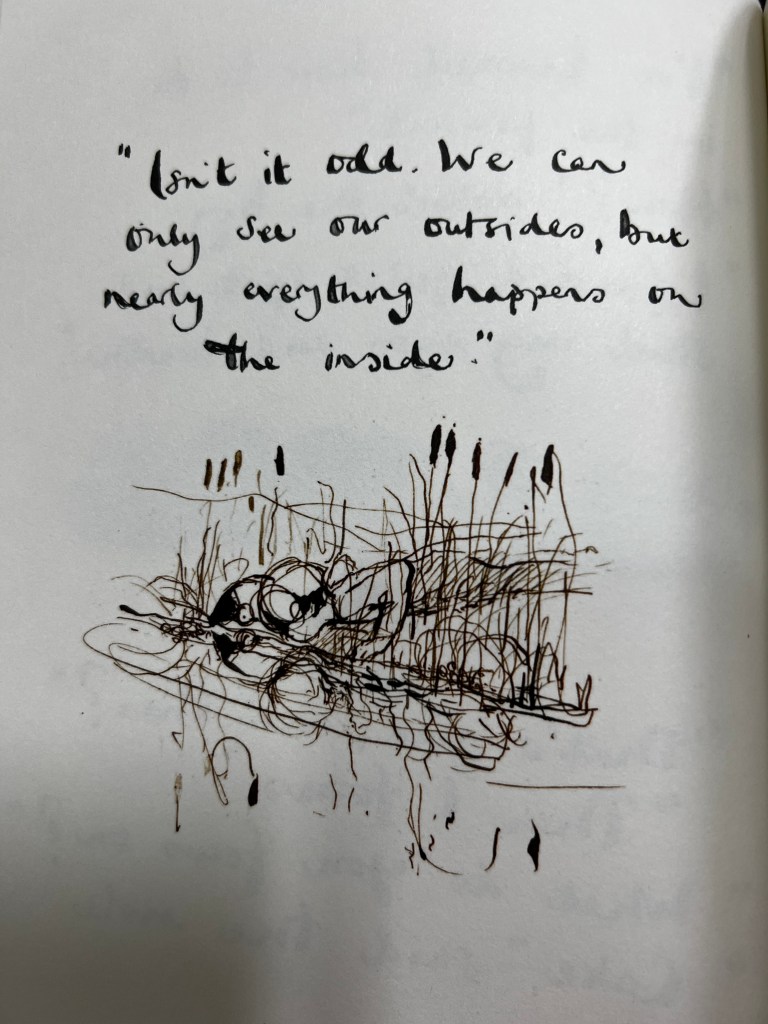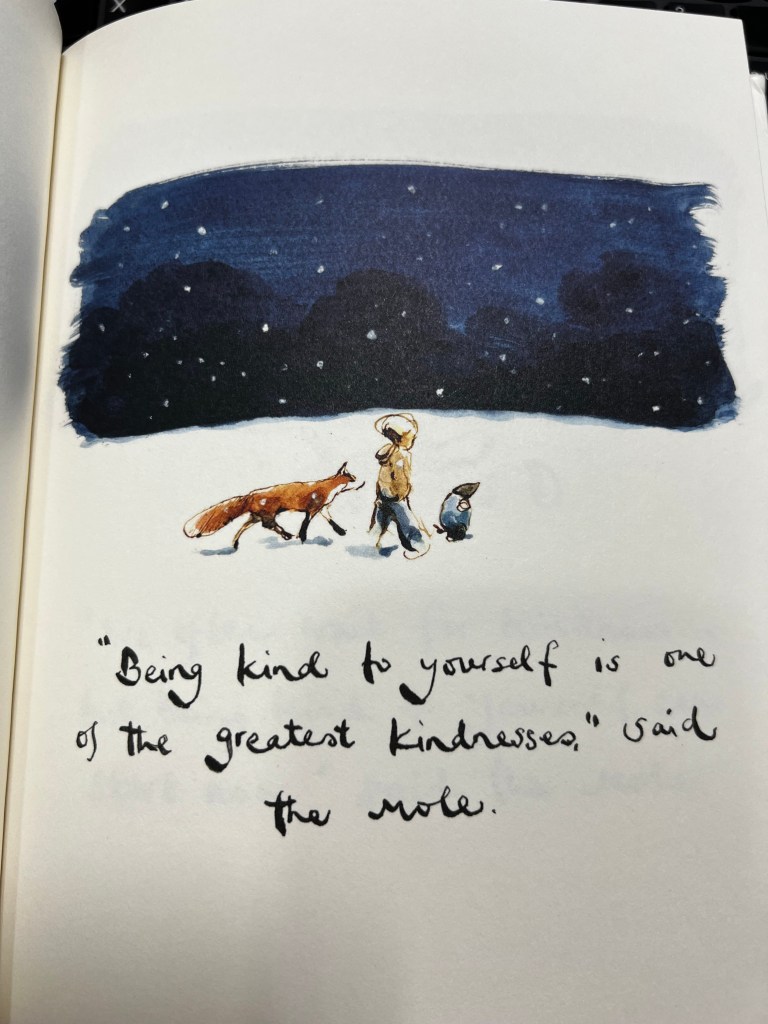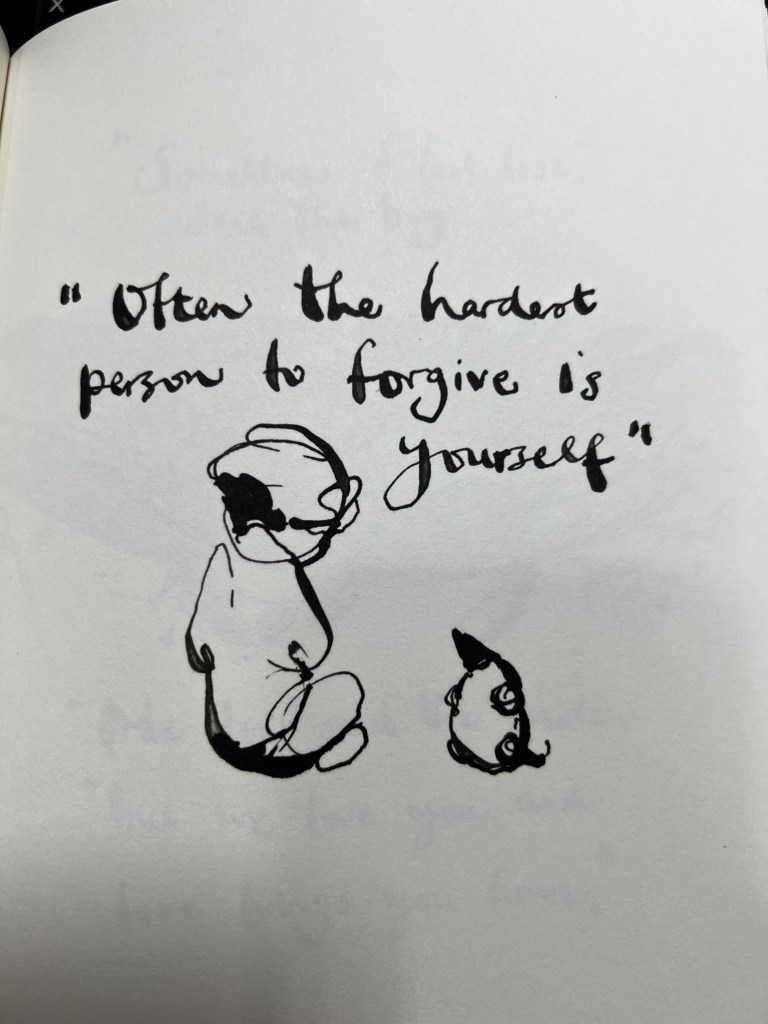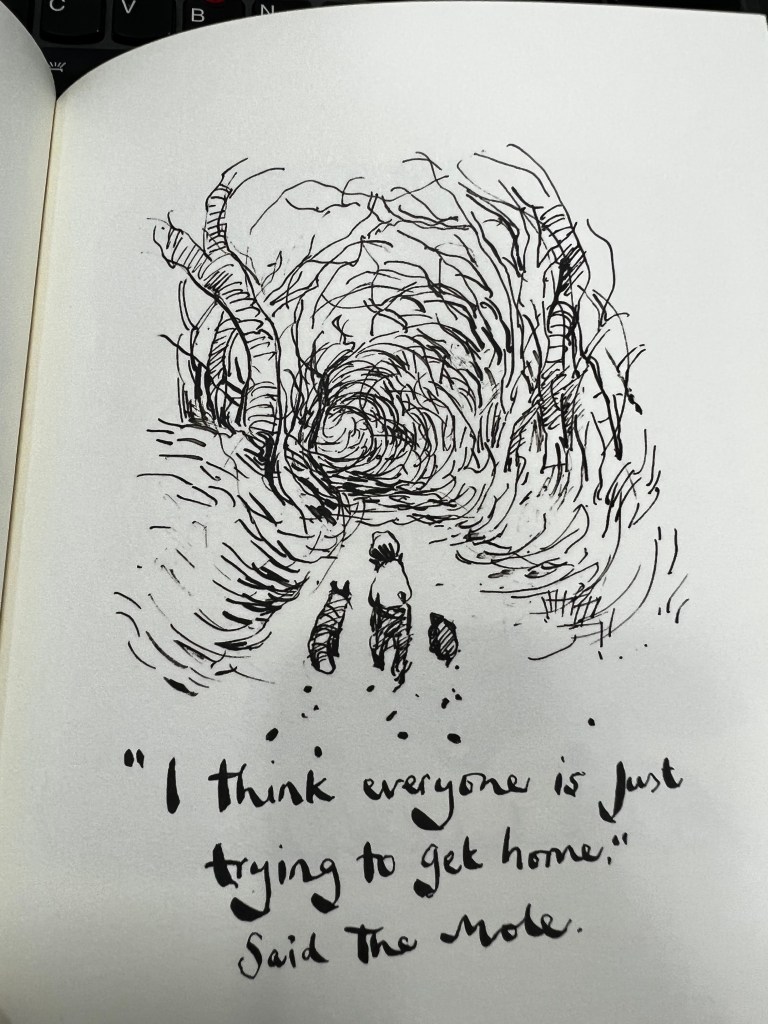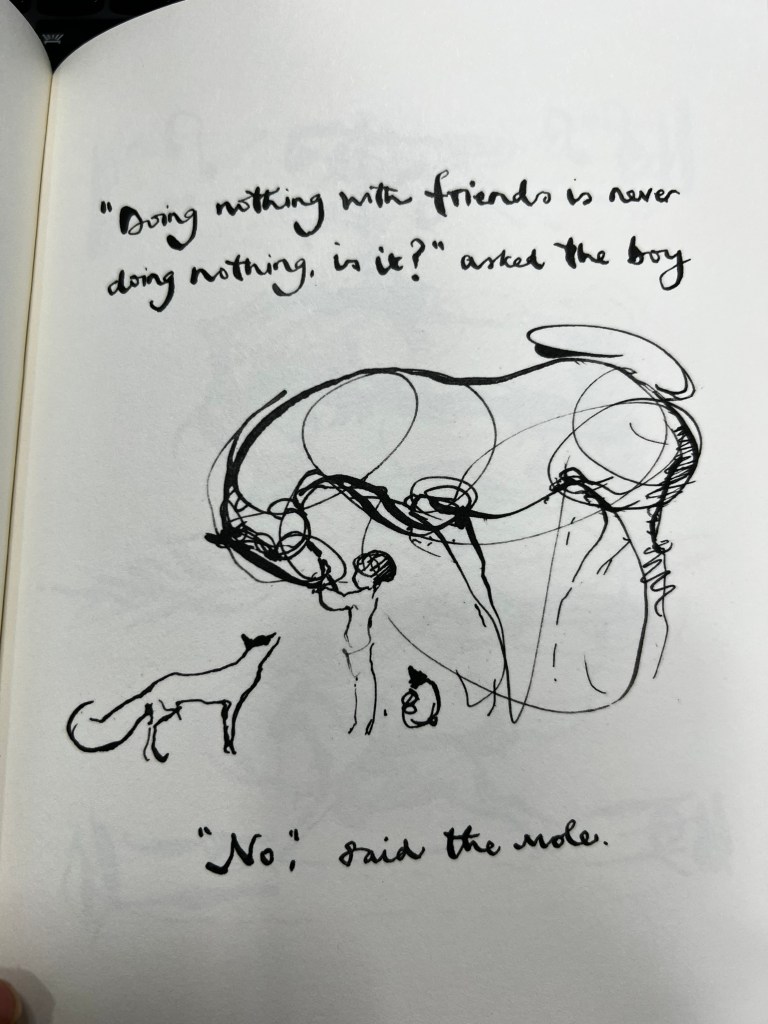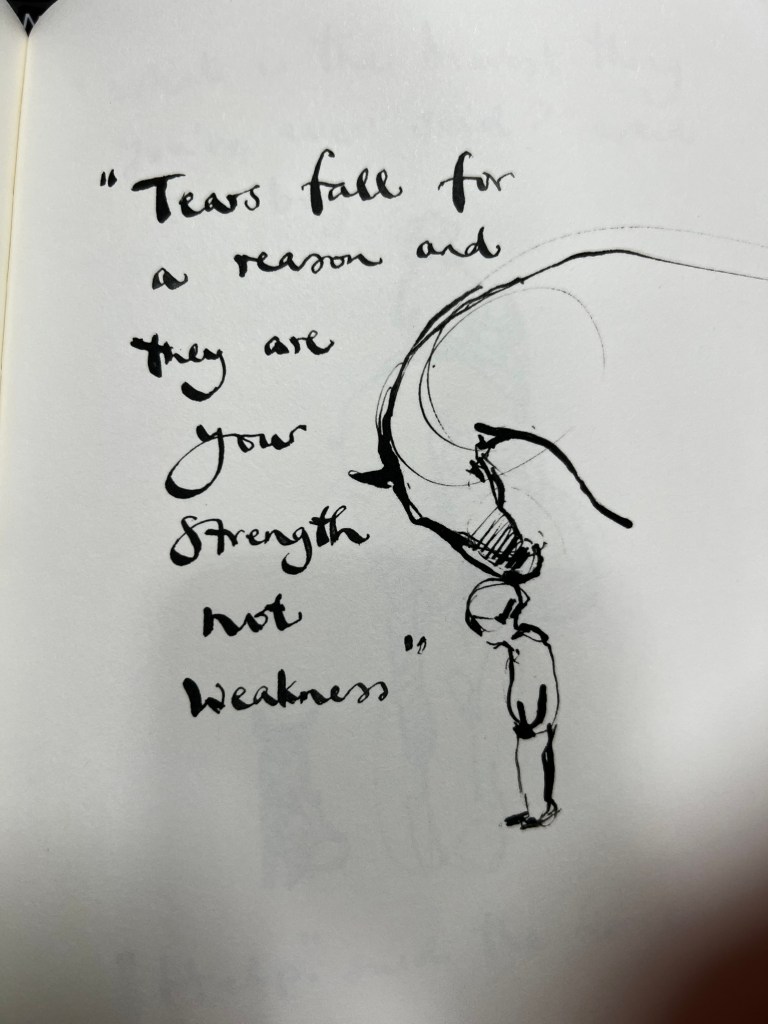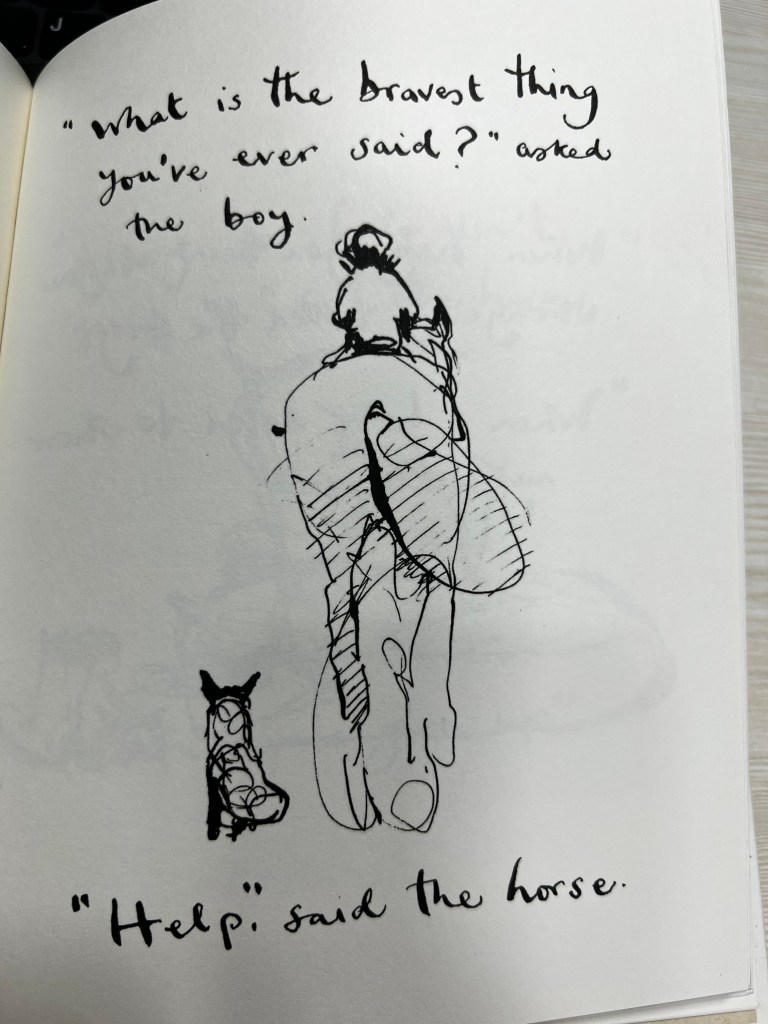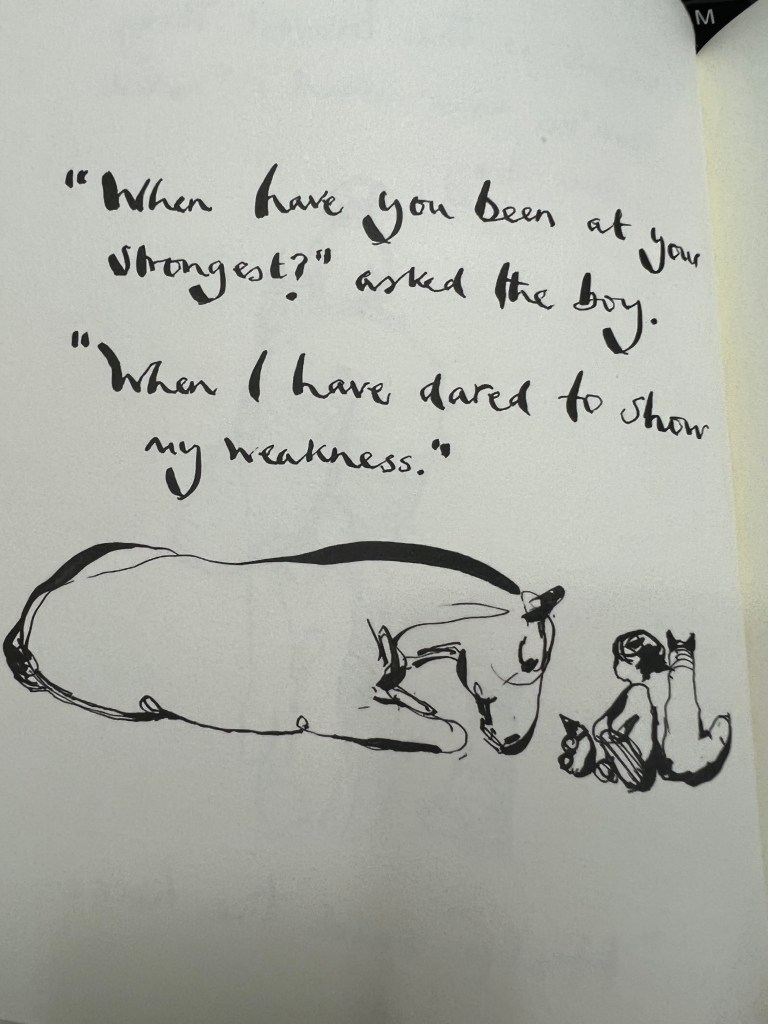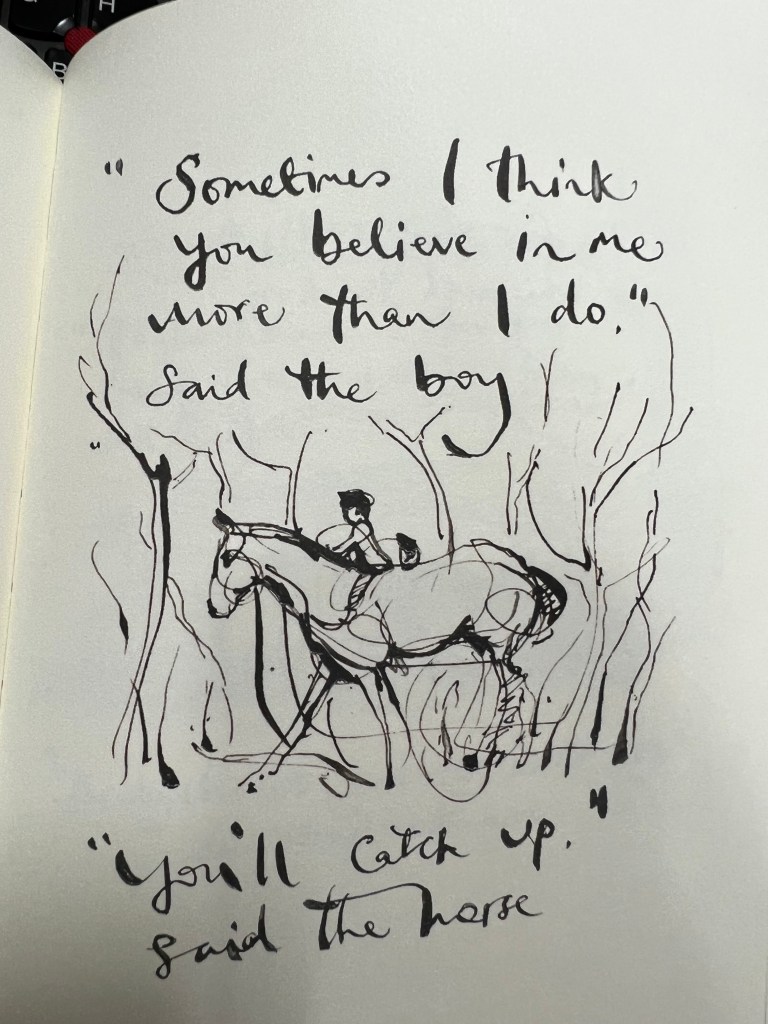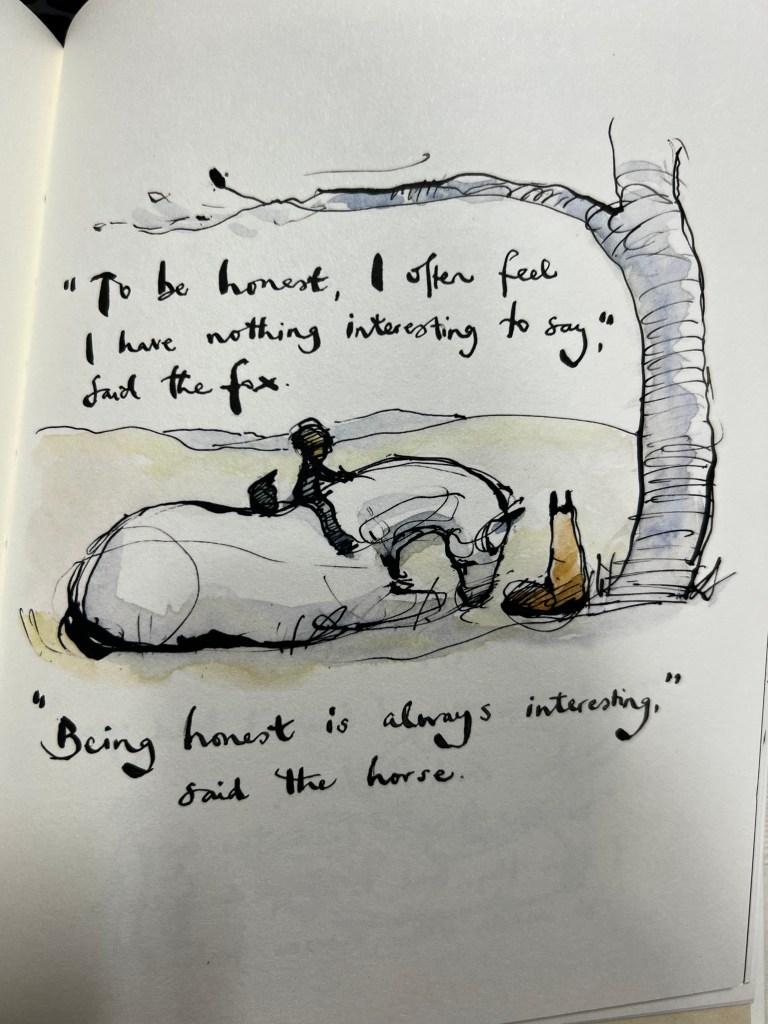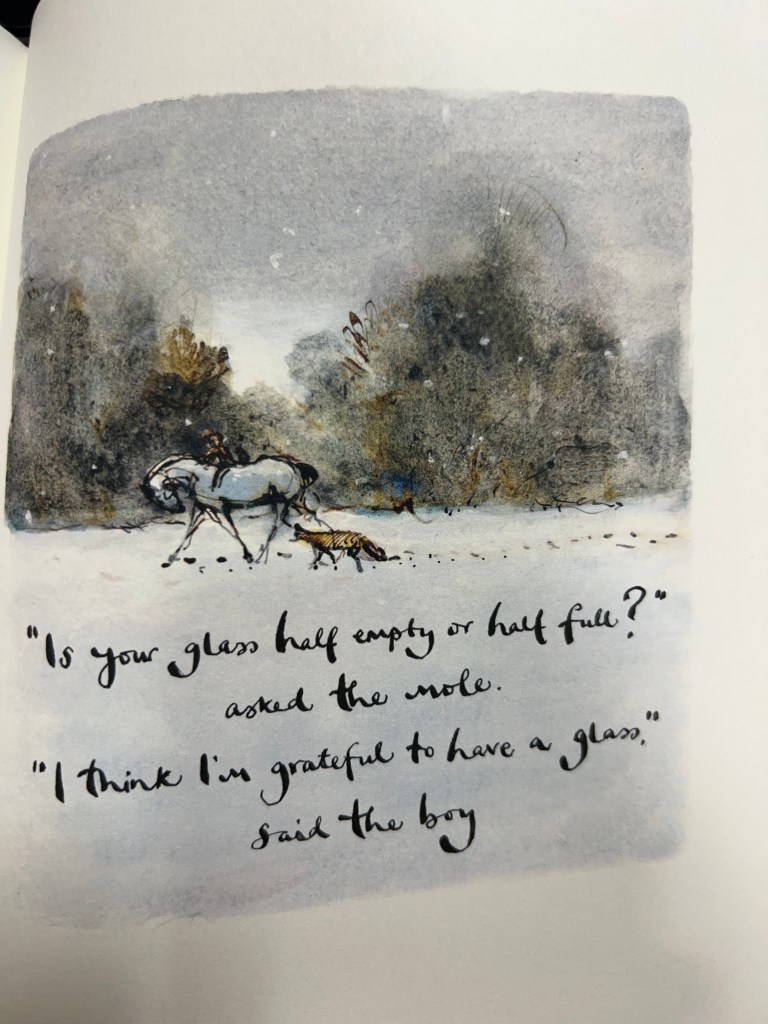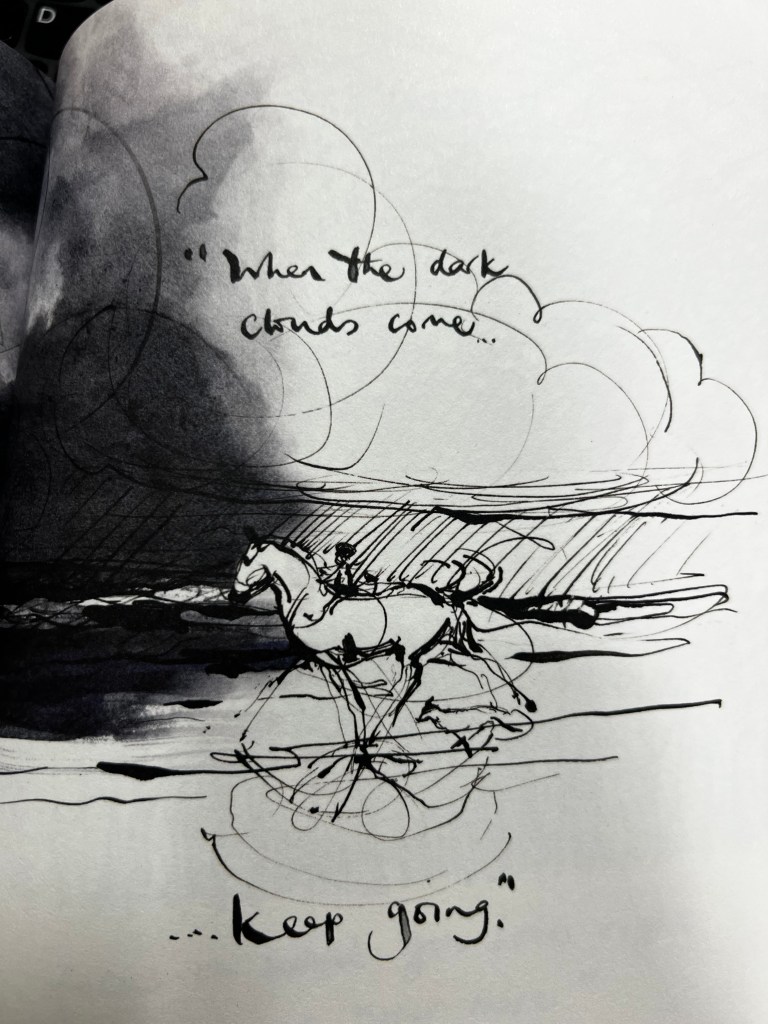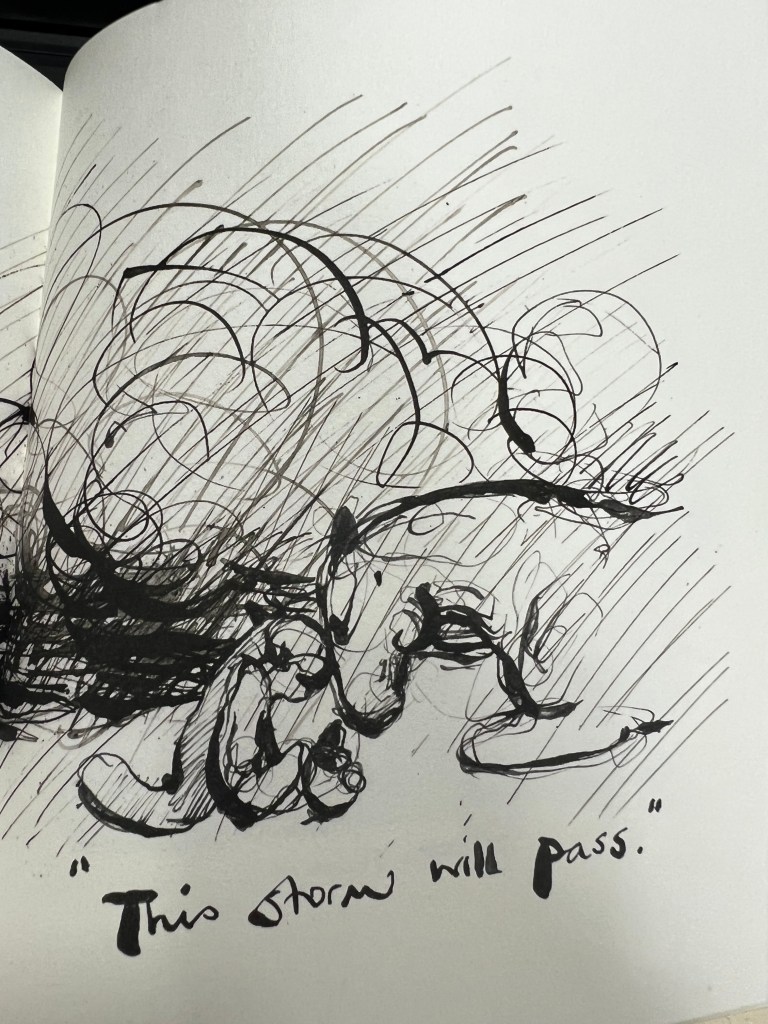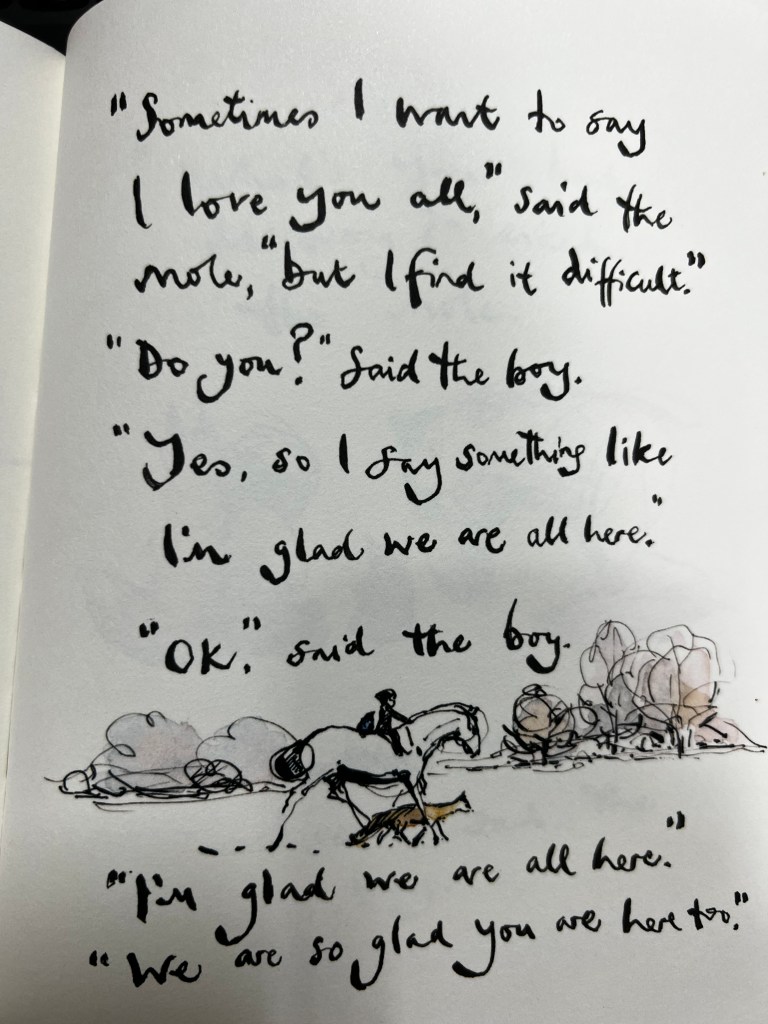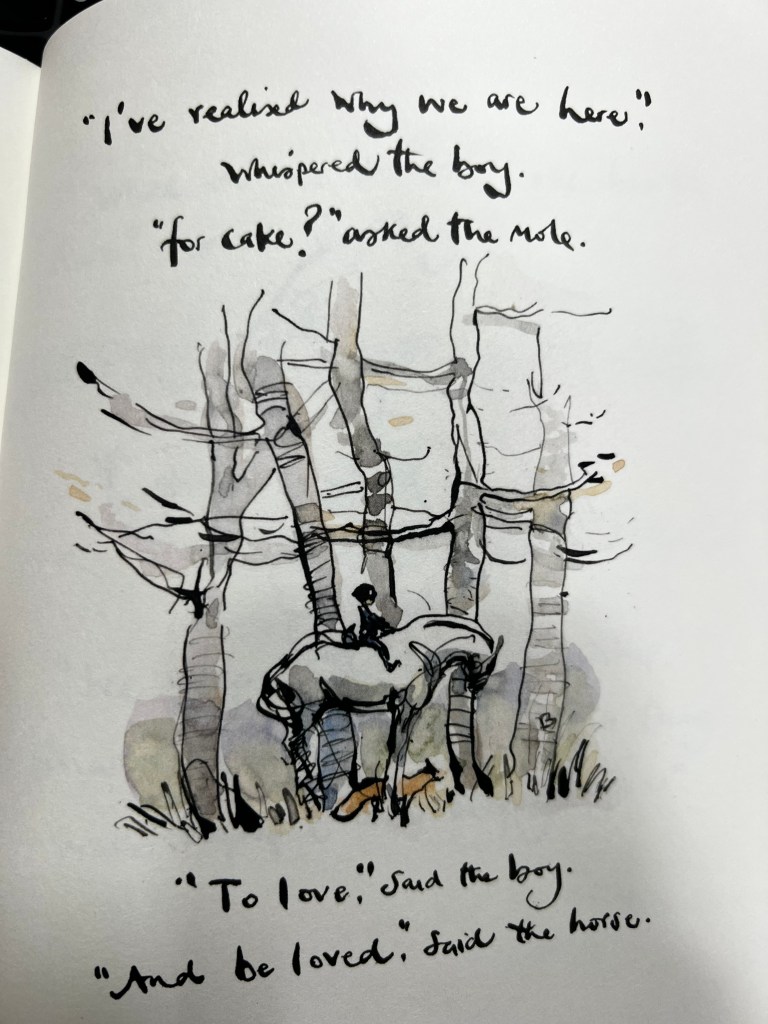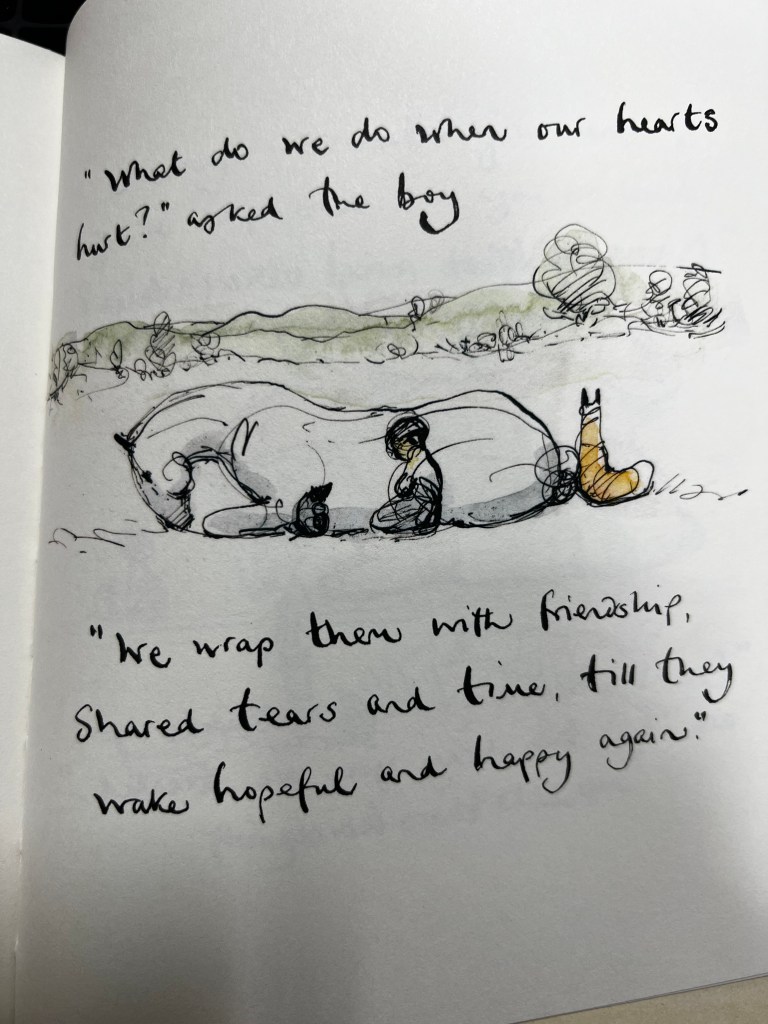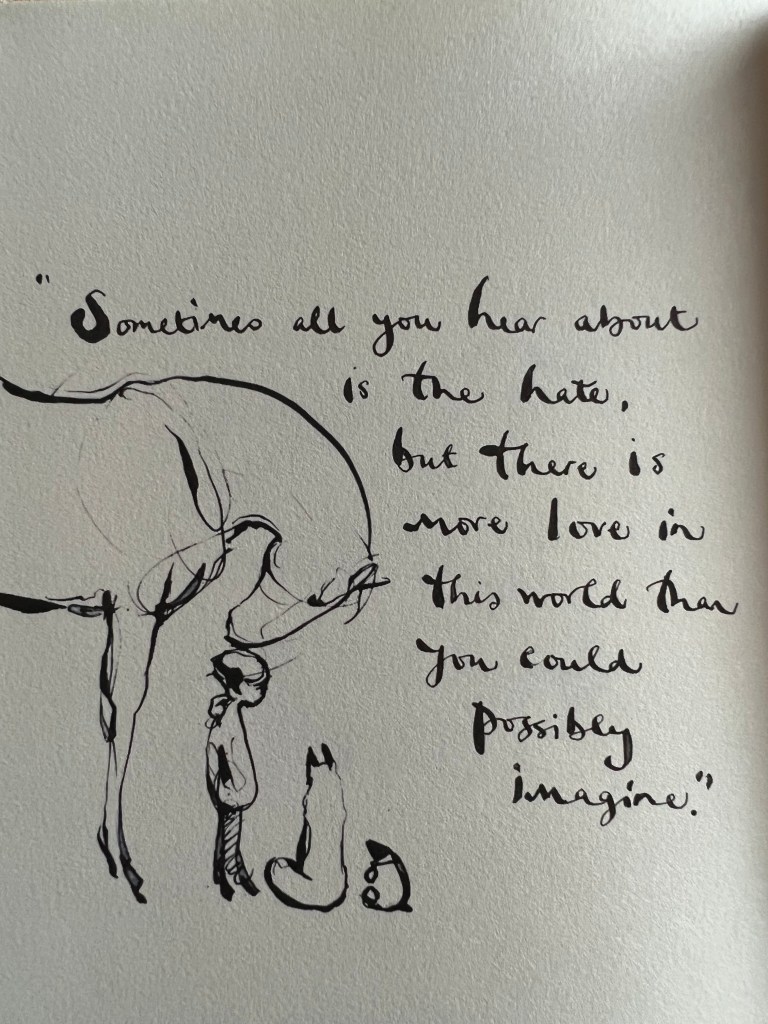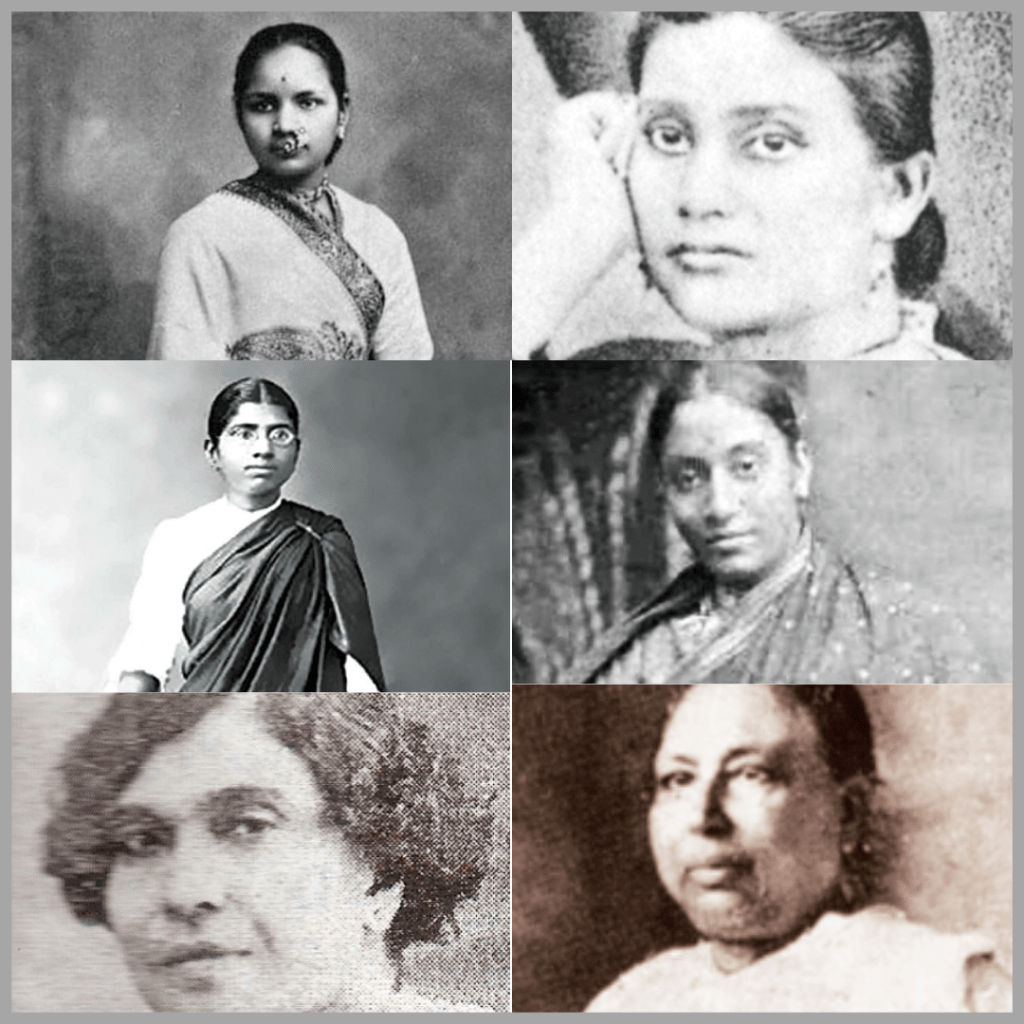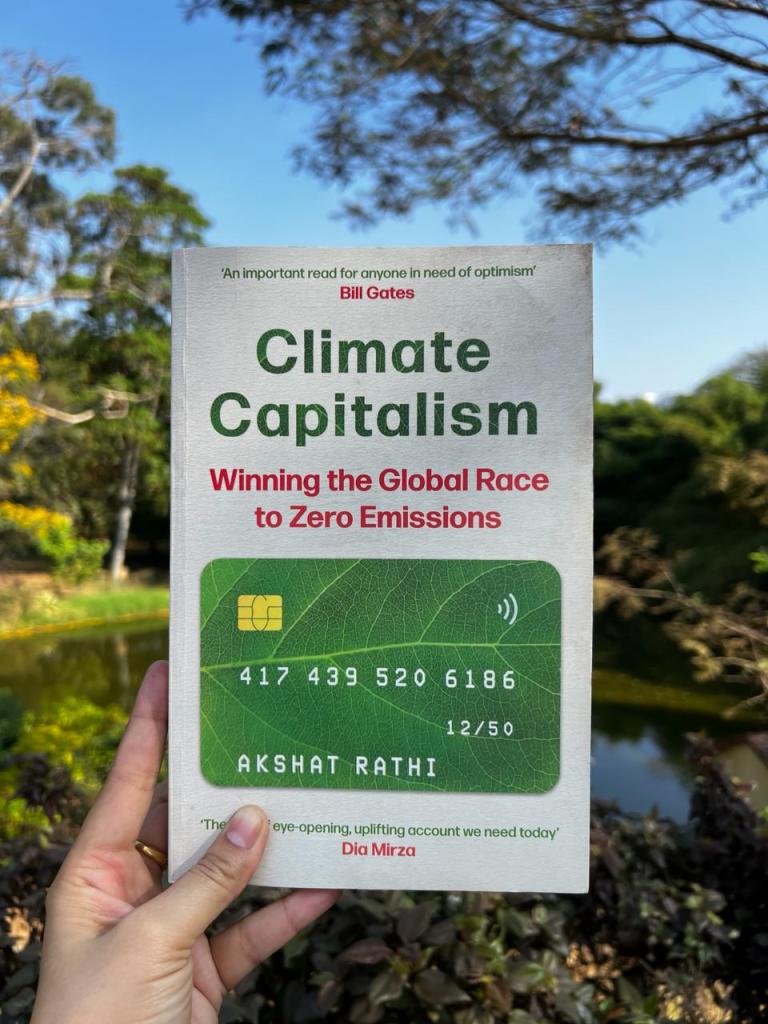
There is ‘no conceivable possibility’ of overthrowing capitalism & managing the kind of social change that they are talking about within the time scale that’s necessary to solve the problem of climate change”- Noam Chomsky
While I was writing this blog while sitting in my room, a short drizzle on my window delighted me and my family. Bengaluru, where I live currently, received this little rain after 150 days of a dry spell and a severe water crisis. The situation was no less than an apocalypse. There is no doubt that we are moving towards a crisis of epic proportion. The sooner we realize and act, the better it is. Even a conversation about climate change has become too complex these days because everyone wants to find someone to blame; oh, it’s capitalism. It’s consumerism and the massive exploitation of natural resources. Not only this. Developing countries allege developed countries for their historical emissions, asking for climate justice and ‘right to development’. In the midst of all this, we are losing time to take action.
Reforming capitalism is the way forward
On that note, the book I am going to talk about today is quite interesting. The book ‘Climate Capitalism: Winning the Global Race to Zero Emissions’ by Akshat Rathi makes a lot of sense. Since we all know, it’s impossible to get out of the capitalism race as of now, so why don’t we act within the frame of capitalism? Or use capitalism to tackle the crisis of climate change. “Climate capitalism is about how we tackle climate change within the world’s dominant economic system and ensure that the wheels of progress don’t come to a halt or, worse, go in reverse,” adds Akshat in the book. The author substantiates the definition by showcasing various examples, case studies, and the global movement towards achieving net zero emissions.
The book is neatly divided into twelve chapters describing the idea and how people, technology, and politics can play an important role in addressing the problem of climate change. Through this framework and successful examples, the author showcases how climate solutions can be built while progressing the global priorities of economy, security, and welfare.
Though the ‘theory of climate change’ and realization about the increasing greenhouse effects happened in the 1960s, bringing everyone on board and taking concrete actions have still not been on the main agenda for many countries and important international institutions. Finally, in the year 2015, countries came together and signed the first-ever global treaty, i.e., the Paris Climate Agreement, to check the catastrophic impact of climate change.
Also, there is a stark realization among people as well as capitalists about the cost of inaction and the upcoming opportunity of a clean energy transition. As per the author, more and more people are working on solutions, more government policies are focused on putting policies in place to achieve emission targets, and more money is being mobilized to scale up these solutions.
People and Countries: A Crucial Role in Tackling Climate Change
China and India, the two countries, have leapfrogged the fossil fuel era and transitioned to a greener future by adopting technological innovation, creating policy frameworks, and capitalizing on international collaboration. Communist China has used capitalism to become a maker and buyer of electric cars and batteries. Their initial innovation and breakthroughs have given them a commanding lead on almost every green technology. India, being a developing country, has to strike a balance between economic growth and sustainability. Despite that, the kind of progress India has made in solar energy is not only remarkable but also an example for other developing countries.
People are always important, not only as consumers and adopters of new technologies but also as catalysts for new ideas, technologies, and funding. The author dedicates one whole chapter to talk about the role of Bill Gates and how his Breakthrough Energy Ventures (BEV), the world’s largest philanthropic organisation, has emerged as a ray of hope for climate tech companies, researchers, and innovators working in the field of clean energy. He also played a crucial role in lobbying for the biggest US climate bill, which is also called the Inflation Reduction Act. Wan Gang, the former Minister of Science and Technology, is another person who played a crucial role in transforming China into an EV manufacturing hub, even ahead of its western competitors. His effort led to the establishment of the world’s largest battery manufacturer, CATL, which has global A-list car makers as clients.
Technology and Finance: Creating and Scaling New Ideas
Human ingenuity has no bounds. Human beings have come out of many crises and devised many innovative solutions in the past. Certainly, we can come up with new ideas, technologies, and solutions to tackle the climate crisis. They have come up with various new innovative technologies, from renewable power to green cement, electric cars to carbon capture, and many other emission reduction tools.
Mobilization of private capital has created opportunities for scaling up new ideas to tackle the problem of climate change. However, mobilization of climate finance has become a complex and controversial issue in current times due to developed countries’ reluctance to provide concessional finance to developing countries. Though there has been a lot of debate about the mobilization of climate finance, it has been estimated that only 2% of global GDP would be enough to make the carbon dioxide problem go away. Indeed, projections suggest that approximately USD 9 trillion will be required by 2030 to attain the 1.5-degree Celsius target.
Policy and Institutions: Establishing an Ecosystem
The International Energy Agency (IEA), the International Renewable Energy Agency (IRENA), and the various government institutions transformed themselves to become relevant for the third energy transition the world is currently undergoing. The IEA has emerged as the chief negotiator among countries to come on board to take action to facilitate the clean energy transition and help each country achieve net-zero goals. The author showcases how private capital and government regulations can act in tandem through China’s success in electric cars, India’s solar revolution, the USA’s success in reversing climate damage in the oil industry, and Denmark’s experiments with wind energy.
Conclusion
Through this book, the author creates an optimistic narrative, arguing that it’s cheaper to save the world than destroy it. The good thing is that there is already a realization among people, from bureaucrats to billionaires, from capitalists to consumers, about the cost of inaction against climate change.
However, the author falls short of discussing the criticism of capitalism in aggravating the process of climate change and global warming, the narrative of greenwashing, and the idea of climate justice with a focus on developing countries and island countries, which are the most vulnerable to the impact of climate change. Adaptation strategies and behavioral changes have emerged as one of the most effective ways to deal with climate change. However, the focus is generally on the effect and not on the root cause. Climate capitalism can be one way of dealing with the problem of climate change. Humanity needs to find other ways, including adaptation strategies, behavioral and lifestyle changes, and adopting community practices, to tackle the problem of climate change.
What do you think about climate change, and what actions are you are taking to address the problem of climate change? Are you making any behavioral change to address the problem of global warming. If yes, please do share it in the comment box.
If you liked reading this post and gained something from it, please buy me a coffee by clicking the link below:

